Introduction to Eastern Europe’s Hidden Gems
Eastern Europe is a region steeped in history, natural beauty, and cultural diversity. Beyond its most famous cities and landmarks, countless lesser-known destinations await travelers who are curious and adventurous. These hidden gems offer authentic experiences, untouched landscapes, and the chance to connect with local traditions. The charm of Eastern Europe lies not just in its grand capitals but in the quiet towns, remote villages, and pristine wilderness that still feel undiscovered.
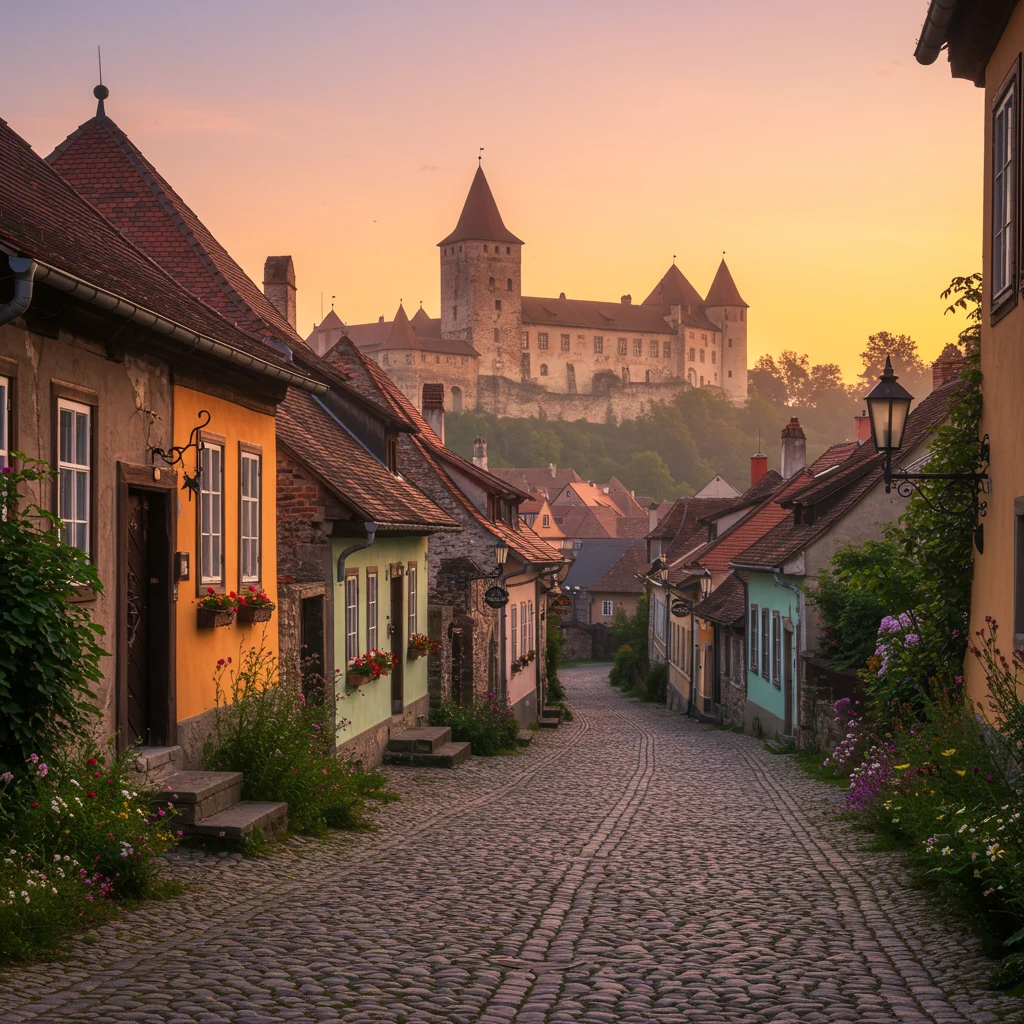
In this guide, we will highlight some of the most intriguing and beautiful places across Poland, Czechia, Slovakia, Hungary, Romania, Bulgaria, the Baltics, the Balkans, Ukraine, and Moldova—places that promise memorable journeys far from the usual tourist routes.
Why Explore Off-the-Beaten-Path Destinations?
Choosing to visit lesser-known destinations in Eastern Europe can transform a typical holiday into a truly unique adventure. These places often offer a sense of tranquility, authenticity, and connection that is hard to find in crowded tourist hotspots.

By venturing off the main trails, we gain opportunities to experience local hospitality, taste traditional dishes made from family recipes, and witness cultural events that have remained unchanged for generations. We also support small communities who benefit directly from thoughtful tourism.
What Defines a ‘Hidden Gem’ in Eastern Europe?
A hidden gem is more than just an unknown location; it is a place with a story, character, and a sense of wonder that surprises even seasoned travelers. These sites may be remote villages, historic towns, natural parks, or unique architectural marvels that have escaped mass tourism.
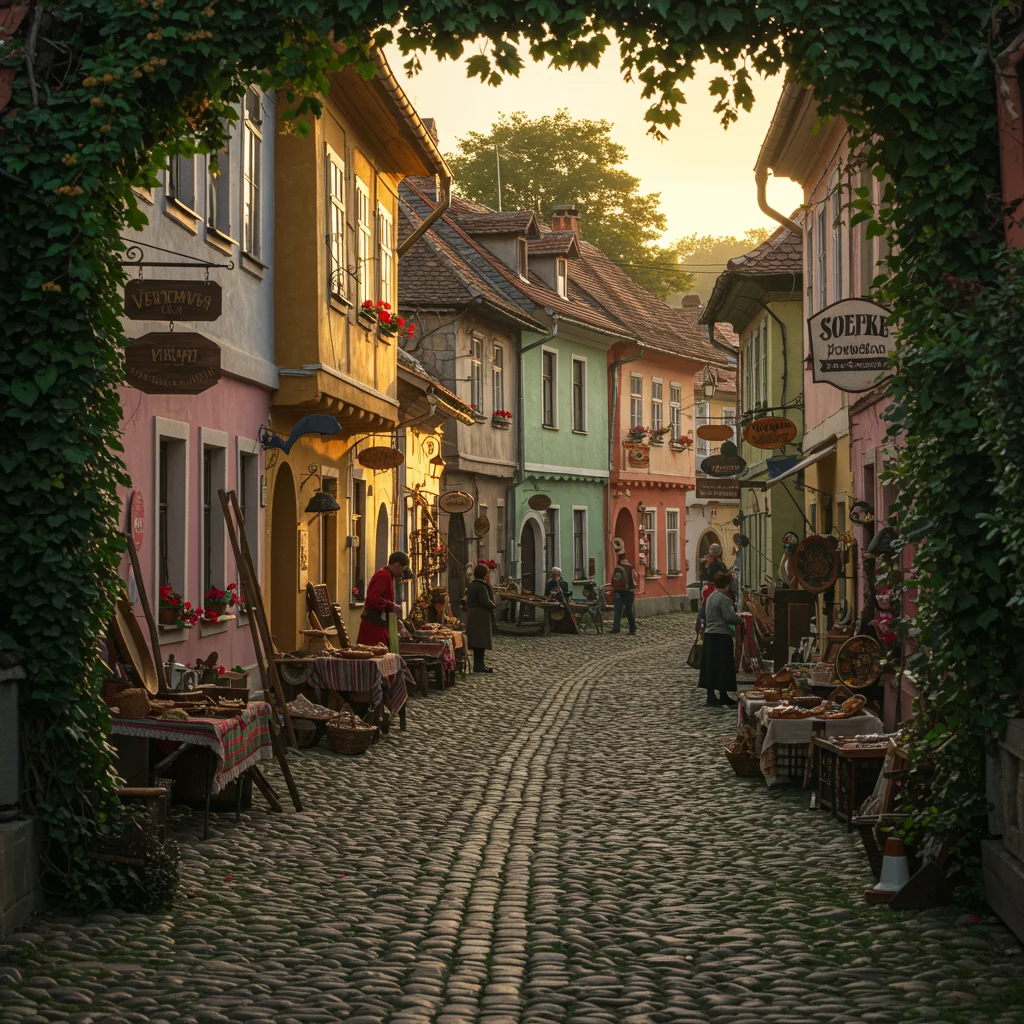
Typically, hidden gems are places where visitors can slow down, engage with local traditions, and appreciate a pace of life that feels refreshingly different. They offer the rare chance to witness Eastern Europe’s heritage in its purest form, away from the crowds.
How to Choose Which Hidden Gems to Visit?
Selecting which hidden gems to include in your itinerary depends on your interests, time constraints, and travel style. Consider whether you are drawn to historical architecture, unspoiled nature, or vibrant cultural scenes.

- Research the region’s unique festivals and events.
- Look for destinations with easy transport links or guided tours.
- Seek out recommendations from locals or experienced travelers.
Sometimes, combining a major attraction with a lesser-known site can offer a balanced experience. For example, after visiting Krakow, you might be interested in a guided tour to Auschwitz-Birkenau before exploring the quieter side of Poland.
Best Times of Year to Discover Eastern Europe
Timing your journey can greatly affect your experience. Spring and early autumn offer mild weather and fewer tourists, making them ideal for exploring both cities and nature. Summer brings lively festivals and long daylight hours but also more visitors in popular spots.
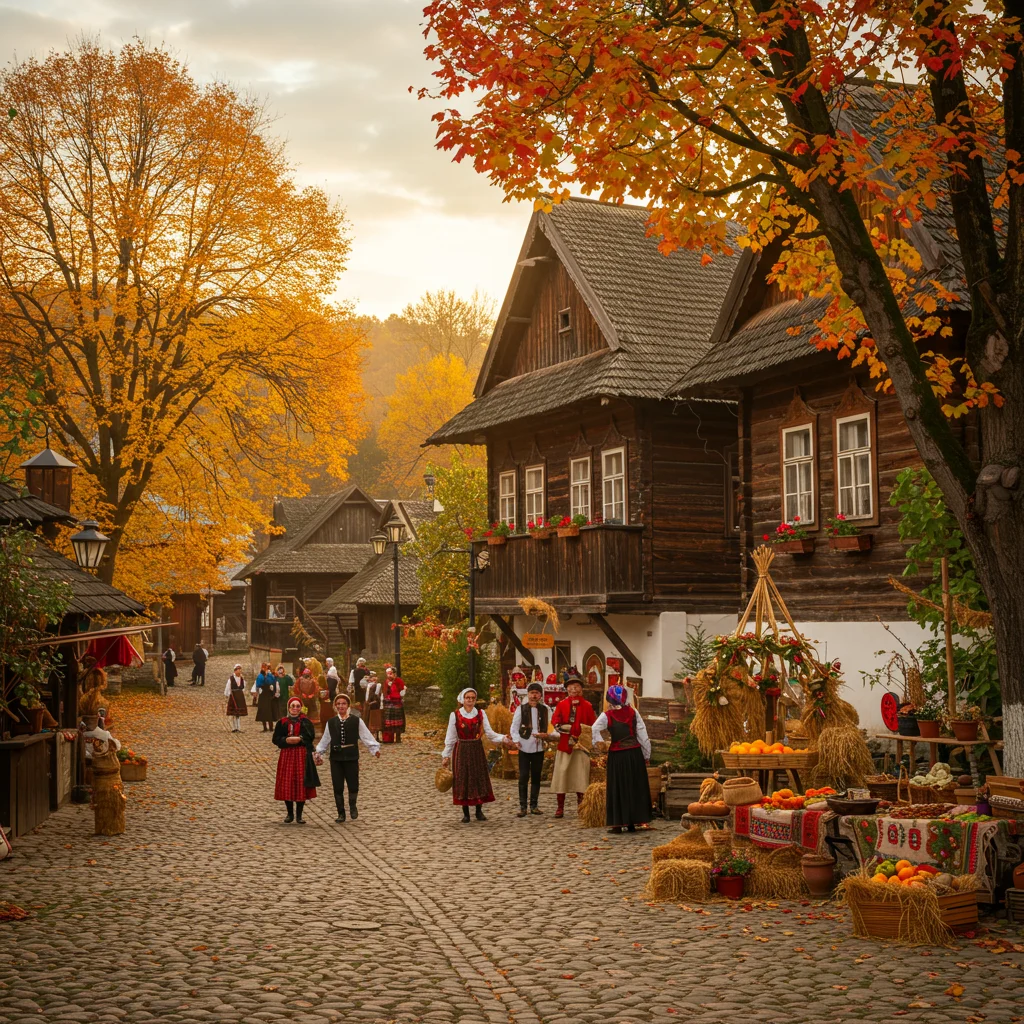
In winter, certain destinations transform into magical wonderlands, with snow-capped mountains and festive markets. However, some rural areas may become less accessible due to weather conditions. We recommend researching each location’s climate and seasonal highlights before planning your trip.
Planning Your Trip: Essential Tips
Preparing for a journey through Eastern Europe’s hidden gems requires thoughtful planning. Reliable transportation, accommodation, and local guides can make a significant difference, especially in remote areas where English may not be widely spoken.

- Book accommodations and transport in advance, particularly during peak seasons.
- Download offline maps and translation apps.
- Pack for variable weather conditions and bring sturdy walking shoes.
For those interested in guided excursions, combining visits to renowned sites with lesser-known ones can be a rewarding approach, as we’ve shared in our review of the Auschwitz-Birkenau and Salt Mines day trip.
Travel Safety in Lesser-Known Destinations
Safety is a top priority when traveling off the main tourist routes. While Eastern Europe is generally safe, certain precautions can help prevent common issues. Rural regions may have limited medical facilities and less frequent public transport.

- Share your itinerary with someone at home.
- Carry copies of important documents.
- Stay updated on local advisories and customs.
Respect for local laws and traditions is essential. In some areas, attitudes toward photography or dress may be more conservative than in major cities.
Language and Communication Tips
While English is spoken in many urban centers, it may be less common in remote villages and small towns. Learning a few basic phrases in the local language can open doors and create genuine connections.

- Carry a pocket phrasebook or use a translation app.
- Practice greetings and polite expressions.
- Be patient and use gestures when necessary.
A smile and respectful attitude often bridge any communication gaps, making interactions more enjoyable and memorable.
Hidden Gems in Poland
Poland is a country of contrasts, from bustling cities to peaceful countryside. Its hidden gems present a blend of history, art, and pristine nature.
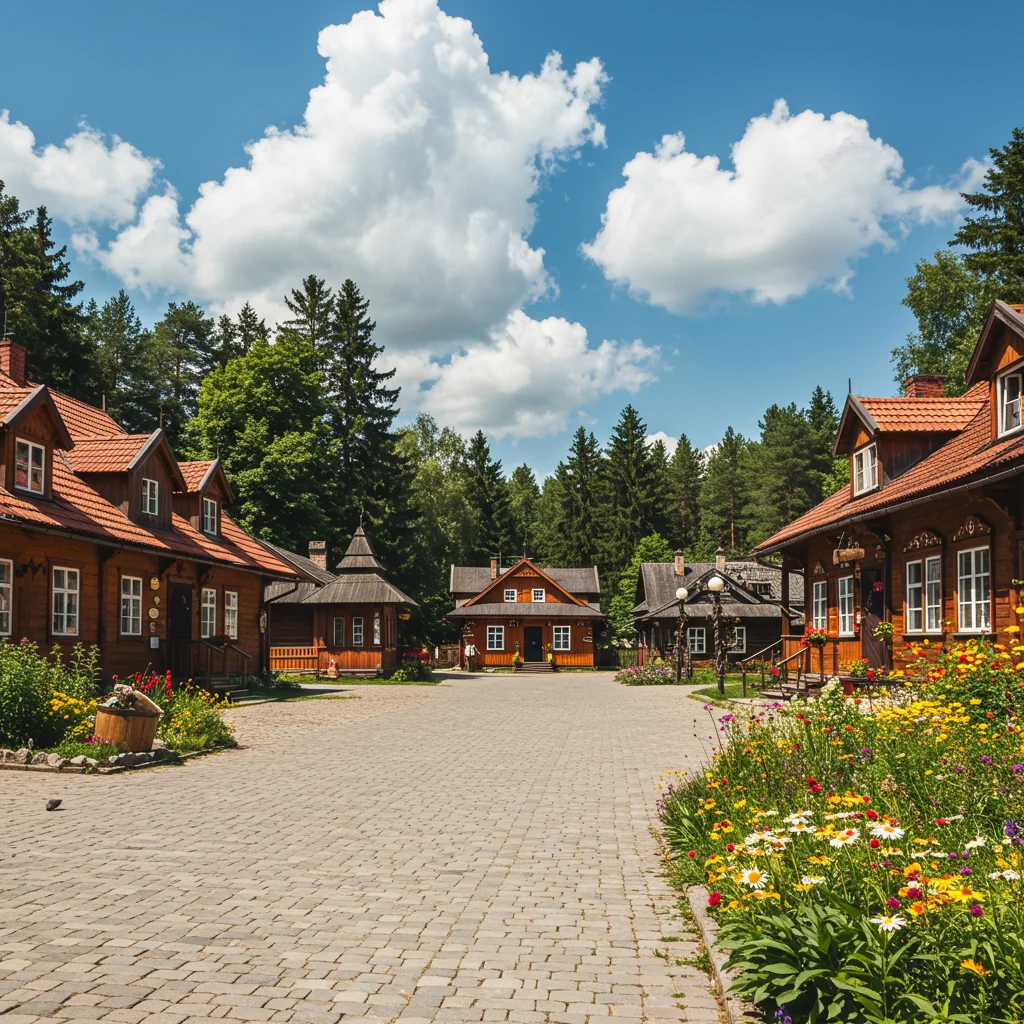
Zamość: The Renaissance Pearl
Zamość dazzles visitors with its harmonious Renaissance architecture, pastel-colored townhouses, and lively main square. The city’s layout, designed by Italian architect Bernardo Morando, is a UNESCO World Heritage site that delights those who appreciate symmetry and detail.
Kazimierz Dolny: Artistic Riverside Town
Nestled along the Vistula River, Kazimierz Dolny is renowned for its bohemian spirit, art galleries, and charming cobblestone streets. The scent of fresh bread wafts from local bakeries, and the town’s relaxed atmosphere invites leisurely strolls.
Białowieża Forest: Europe’s Last Primeval Forest
The Białowieża Forest straddles the border between Poland and Belarus, offering a rare glimpse into Europe’s ancient woodlands. Towering oaks, mossy undergrowth, and the presence of European bison create an enchanting, almost mystical environment.
Hidden Gems in Czechia
Beyond Prague’s spires, Czechia hides towns and parks that feel straight from a fairy tale, each with its own character and allure.
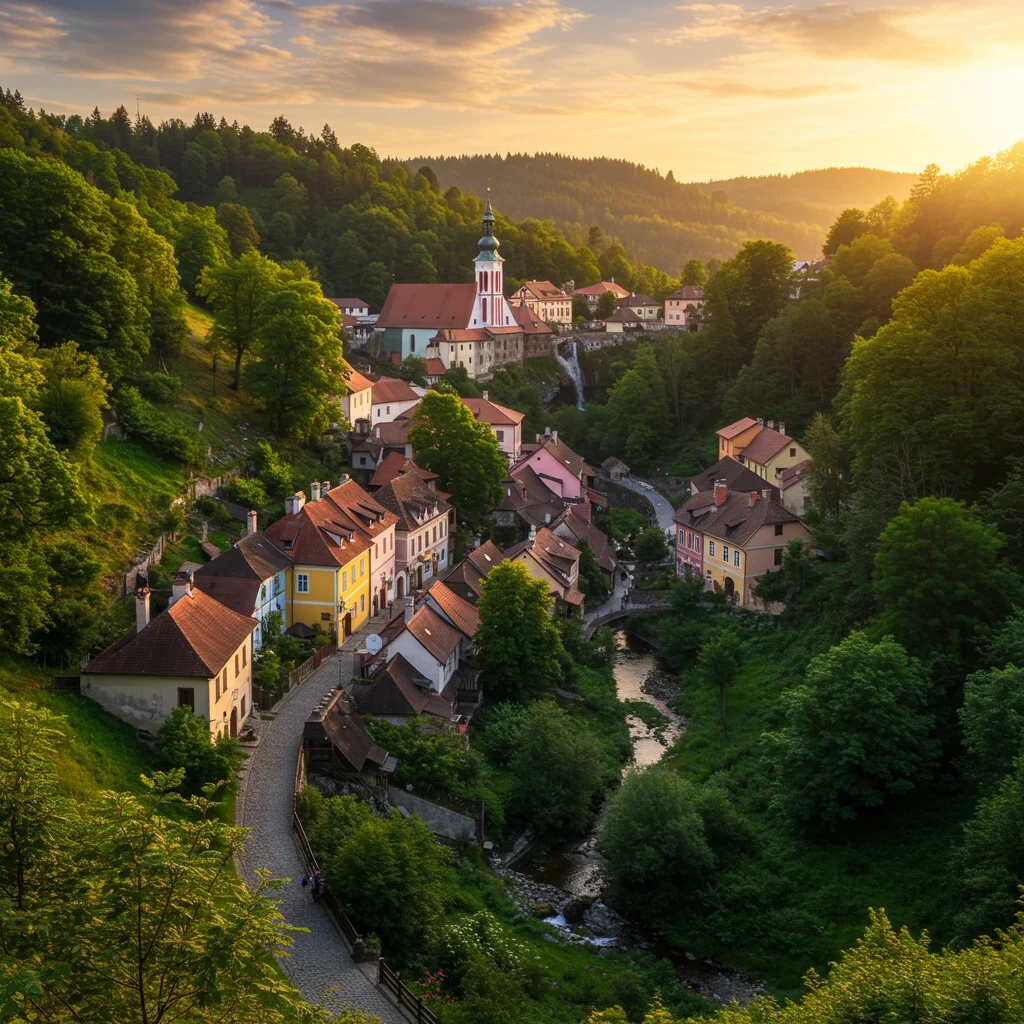
Telč: Fairytale Town Squares
Telč enchants with its pastel-hued Renaissance and Baroque houses framing one of Europe’s most picturesque squares. The reflection of these facades in the town’s ponds creates a scene reminiscent of a painting.
Olomouc: The Alternative to Prague
With fewer crowds and a vibrant student population, Olomouc offers grand Baroque fountains, historic churches, and a lively culinary scene. The city’s astronomical clock and atmospheric streets provide a refreshing alternative to the capital.
Bohemian Switzerland National Park
Bohemian Switzerland National Park stuns with its sandstone formations, deep forests, and winding hiking trails. The Pravčická brána, Europe’s largest natural sandstone arch, is the crown jewel of this dramatic landscape.
Hidden Gems in Slovakia
Slovakia’s treasures range from medieval towns to wild mountain parks, each with its own unique story and scenery.
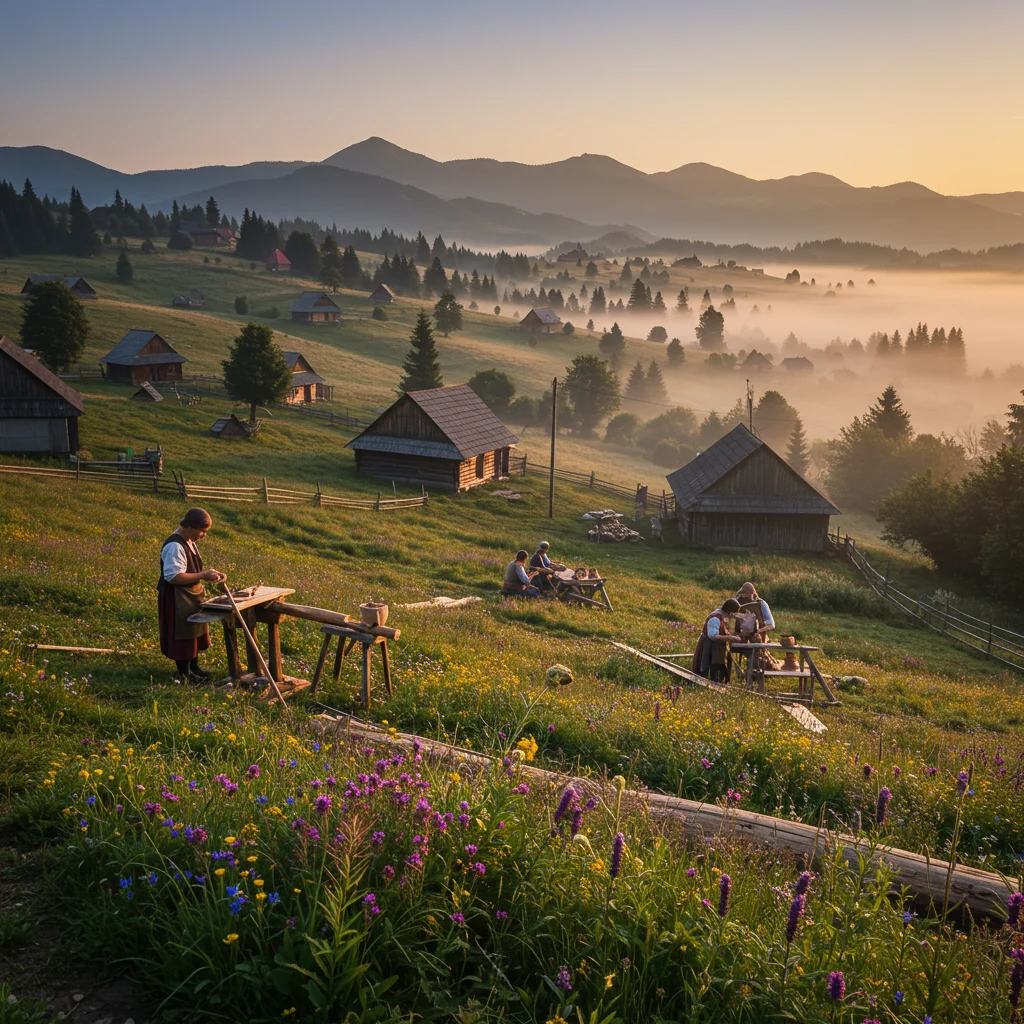
Banská Štiavnica: Mining Heritage and Beauty
A UNESCO-listed town, Banská Štiavnica is known for its mining history, pastel-hued facades, and romantic atmosphere. The town’s hillside setting offers sweeping views and winding alleys to explore.
Vlkolínec: UNESCO-Listed Folk Village
Vlkolínec preserves traditional Slovak wooden architecture and a way of life that feels untouched by time. Visitors can walk among painted log houses, hear the sound of roosters, and sense the rhythm of rural life.
Slovak Paradise National Park
Slovak Paradise National Park lives up to its name, with gorges, waterfalls, and adventurous hiking routes featuring ladders and wooden bridges. The scent of pine and the sound of rushing water accompany every step.
Hidden Gems in Hungary
Hungary’s hidden corners offer a rich tapestry of culture, history, and natural beauty beyond Budapest.
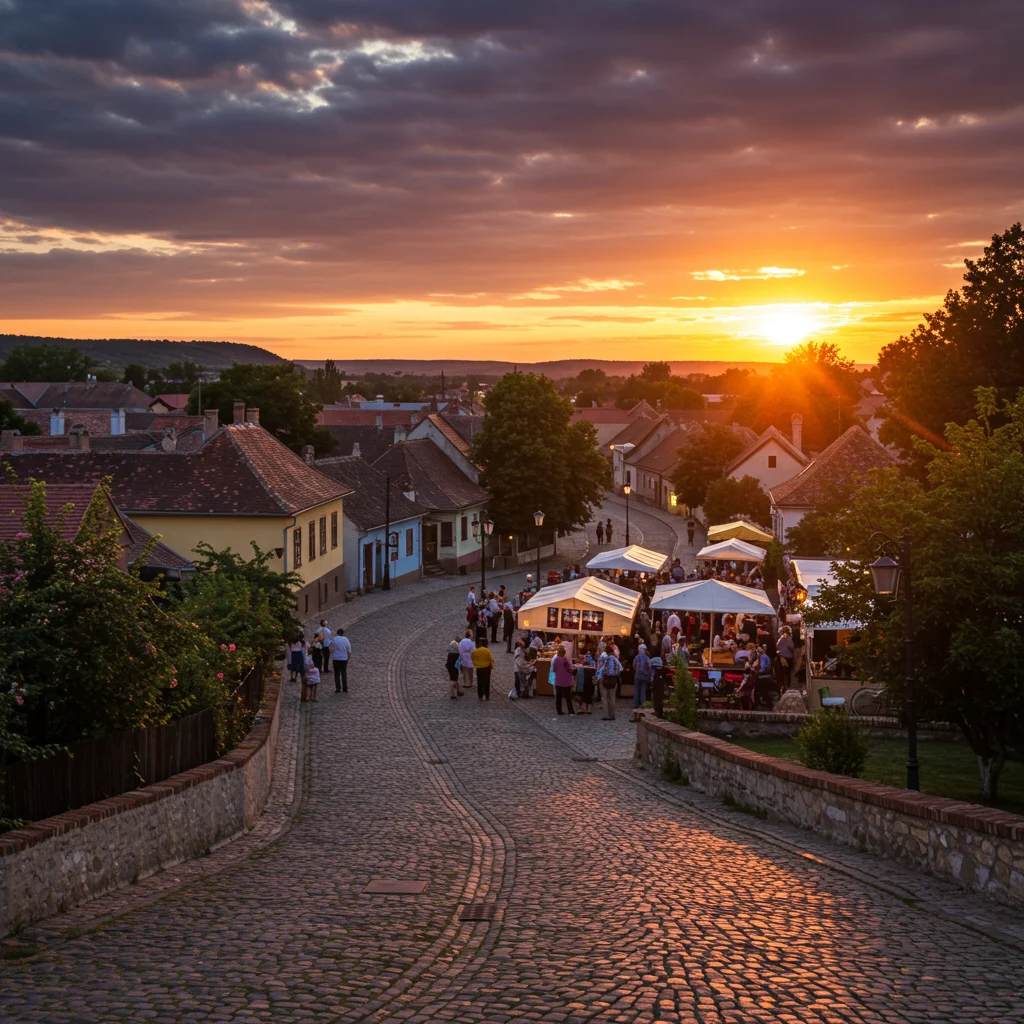
Pécs: Artistic Haven in the South
Pécs boasts Roman ruins, early Christian tombs, and a vibrant arts scene. Its Mediterranean ambiance, colorful facades, and open-air cafes create an inviting setting for relaxation and discovery.
Hollókő: Step Back in Time
In Hollókő, visitors encounter a living village where traditions are cherished. Whitewashed houses, folk costumes, and annual festivals offer a glimpse into Hungary’s rural heritage.
Aggtelek Caves: Underground Wonders
The Aggtelek Caves are a UNESCO World Heritage site, featuring vast caverns adorned with stalactites and stalagmites. Guided tours reveal the fascinating geology and mysterious atmosphere beneath the earth’s surface.
Hidden Gems in Romania
Romania’s landscapes are dotted with medieval citadels, wooden churches, and breathtaking mountain roads.
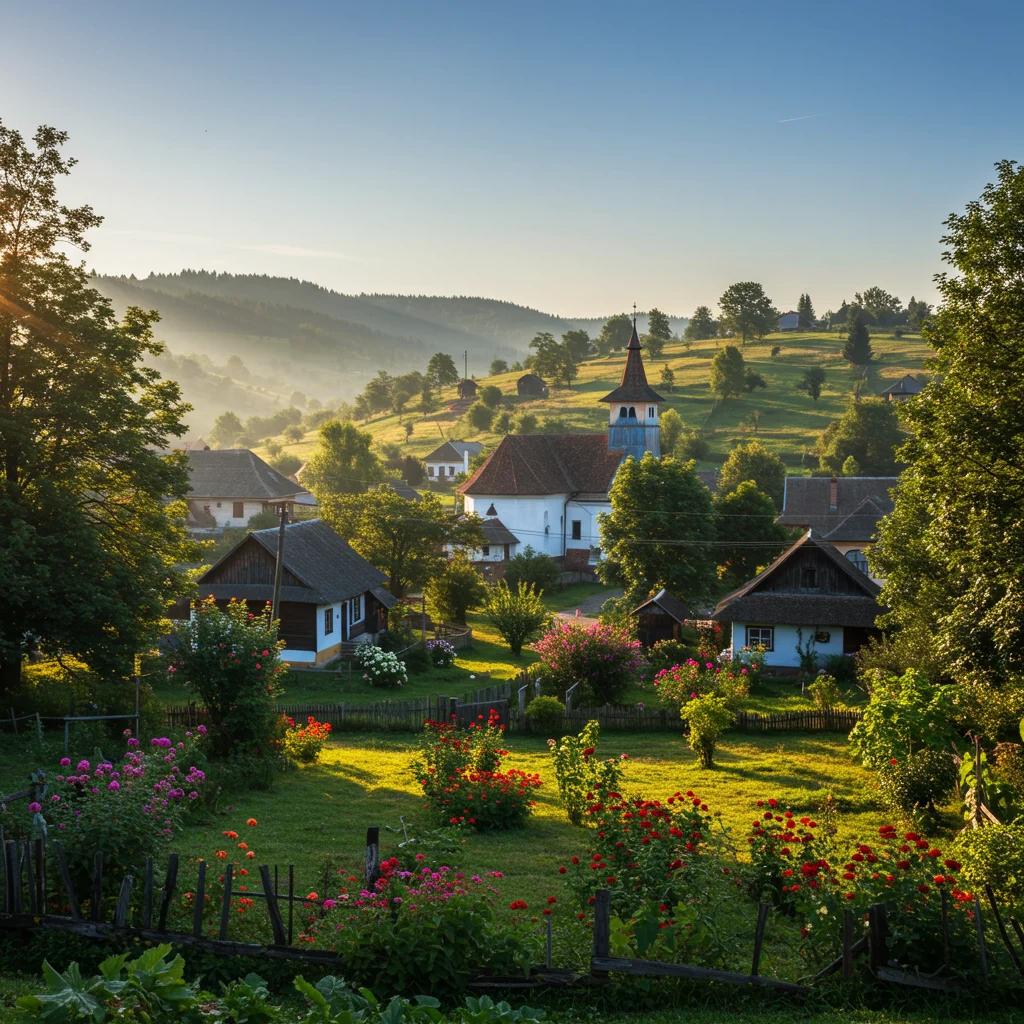
Sighișoara: Medieval Citadel
Sighișoara is a perfectly preserved medieval citadel, with winding cobbled streets, vibrant facades, and the scent of freshly baked pastries drifting from cozy cafes. The birthplace of Vlad the Impaler, its clock tower and fortified walls evoke centuries of history.
Maramureș: Land of Wooden Churches
The Maramureș region is famous for its tall wooden churches, intricate gates, and folk traditions. Rolling hills, haystacks, and horse-drawn carts paint a pastoral scene that feels timeless.
Transfăgărășan Highway: Scenic Drives
Often called the most beautiful road in the world, the Transfăgărășan Highway winds through the Carpathian Mountains, offering dramatic views, sharp bends, and the thrill of high-altitude driving.
Hidden Gems in Bulgaria
Bulgaria’s lesser-known sites are steeped in history, natural wonders, and colorful architectural traditions.
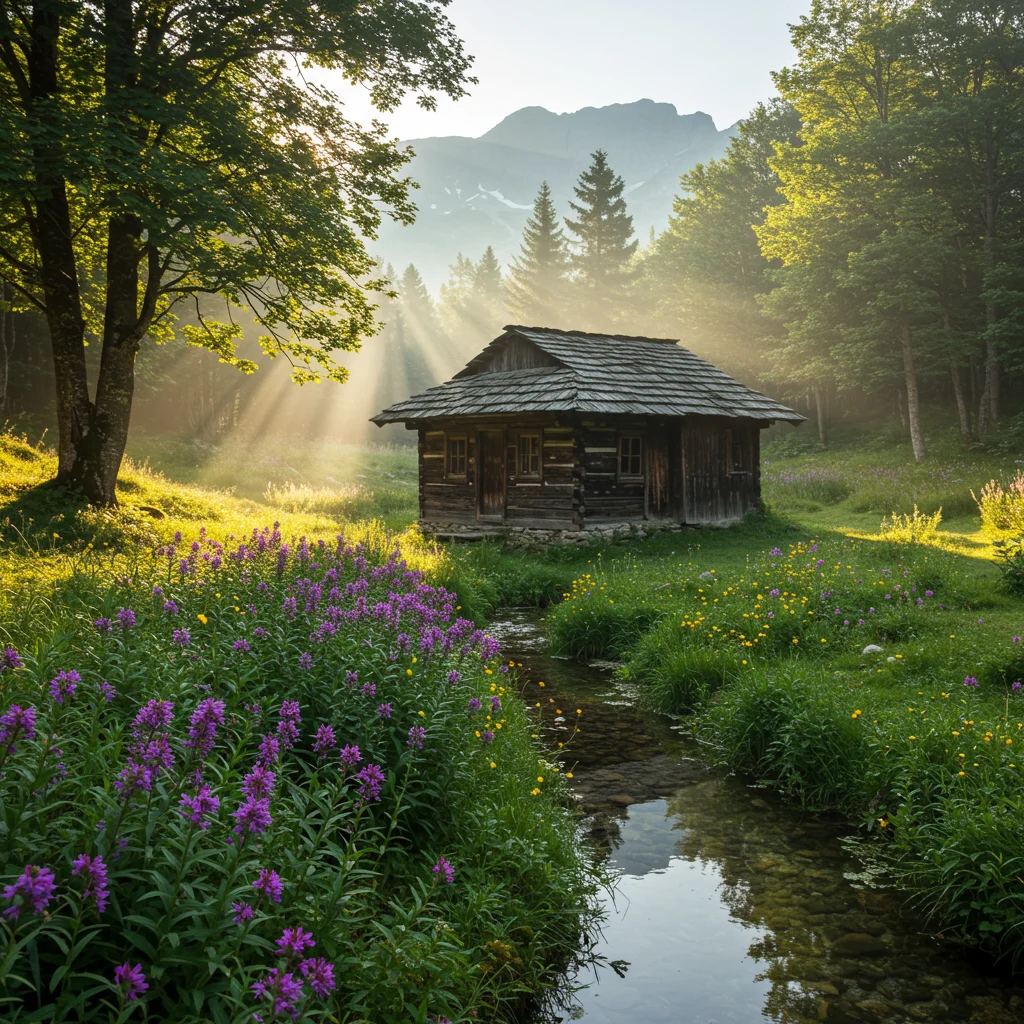
Veliko Tarnovo: City of Tsars
Veliko Tarnovo dazzles with its terraced houses, medieval fortress, and panoramic views over the Yantra River. The city’s history as the capital of the Second Bulgarian Empire is evident at every turn.
Belogradchik Rocks: Nature’s Fortress
The Belogradchik Rocks rise dramatically from the landscape, forming natural towers and shapes that have inspired legends. The adjacent fortress blends seamlessly with the stone, offering breathtaking vistas.
Koprivshtitsa: Living Museum of Bulgarian Revival
Koprivshtitsa is a showcase of Bulgaria’s National Revival architecture, with colorful houses, cobbled lanes, and a palpable sense of history. Folk festivals bring the town’s traditions to life throughout the year.
Hidden Gems in the Baltics
The Baltic states offer a mix of medieval towns, unique landscapes, and tranquil retreats far from the crowds.
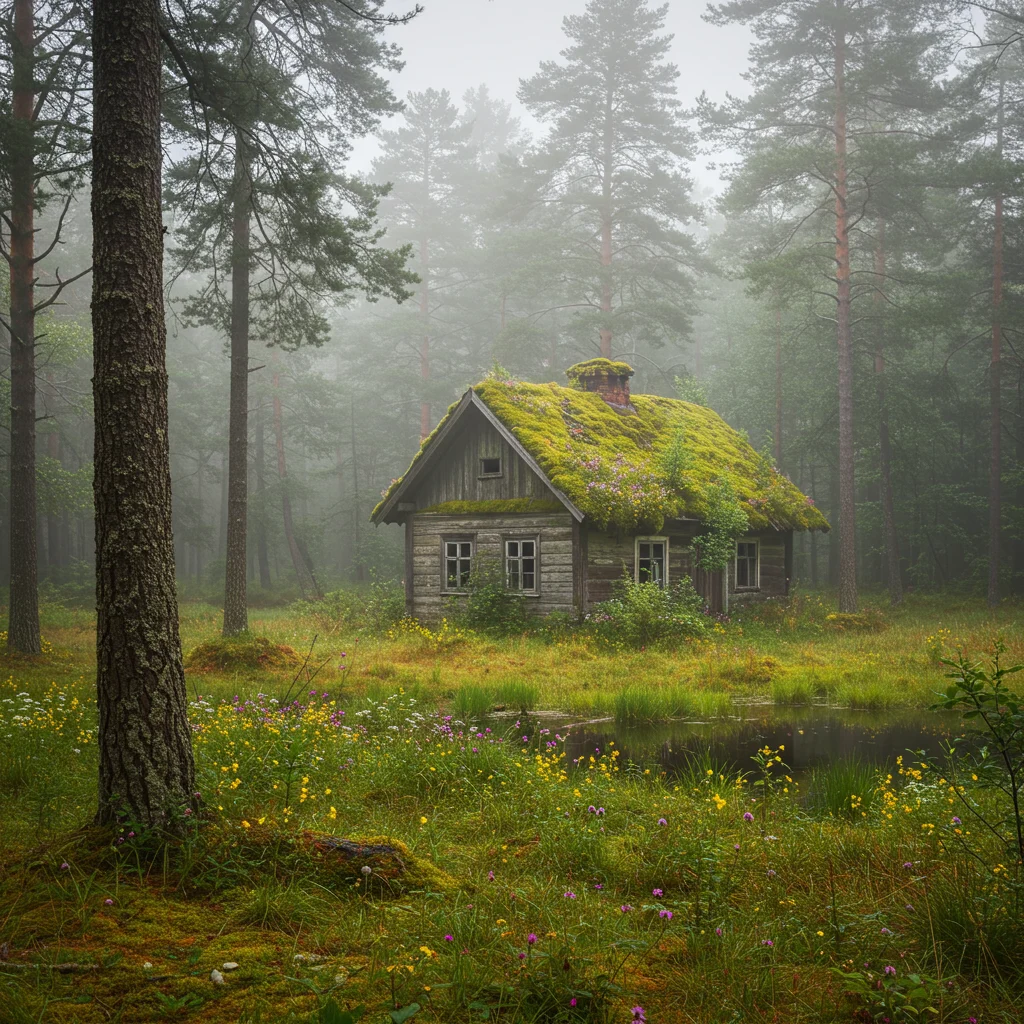
Kuldīga, Latvia: Charming Waterfall Town
Kuldīga enchants with its red-roofed houses, Europe’s widest waterfall (Venta Rapid), and the gentle sound of water running through the town’s heart.
Lahemaa National Park, Estonia
Lahemaa National Park features lush forests, peat bogs, and stately manor houses. Wooden boardwalks lead visitors through serene landscapes teeming with birdlife.
Curonian Spit, Lithuania
The Curonian Spit is a narrow sand dune peninsula, with wind-sculpted landscapes, pine forests, and quaint fishing villages. The salty air and soft sand create a sense of peace and seclusion.
Hidden Gems in the Balkans
The Balkans are renowned for dramatic scenery, layered histories, and vibrant local cultures.

Kotor, Montenegro: Bay of Beauty
Kotor sits at the end of a fjord-like bay, encircled by medieval walls and rugged mountains. The old town’s stone alleys, lively squares, and sea views create an unforgettable atmosphere.
Tara Canyon: Europe’s Grand Canyon
The Tara Canyon is Europe’s deepest gorge, carved by turquoise waters and surrounded by wild forests. Adventurers are drawn here for rafting, hiking, and panoramic viewpoints.
Blagaj, Bosnia & Herzegovina: Mystical Monastery
Blagaj is home to a serene Dervish monastery perched beside the emerald waters of the Buna River, where the cool air and sound of rushing water evoke a sense of tranquility.
Gjirokastër, Albania: Stone City
Gjirokastër is known for its stone-roofed houses, Ottoman architecture, and imposing hilltop fortress. The city’s cobbled streets and mountain backdrop create a striking visual impression.
Hidden Gems in Ukraine
Ukraine’s vast landscapes and layered history reveal sites of remarkable beauty and cultural depth.
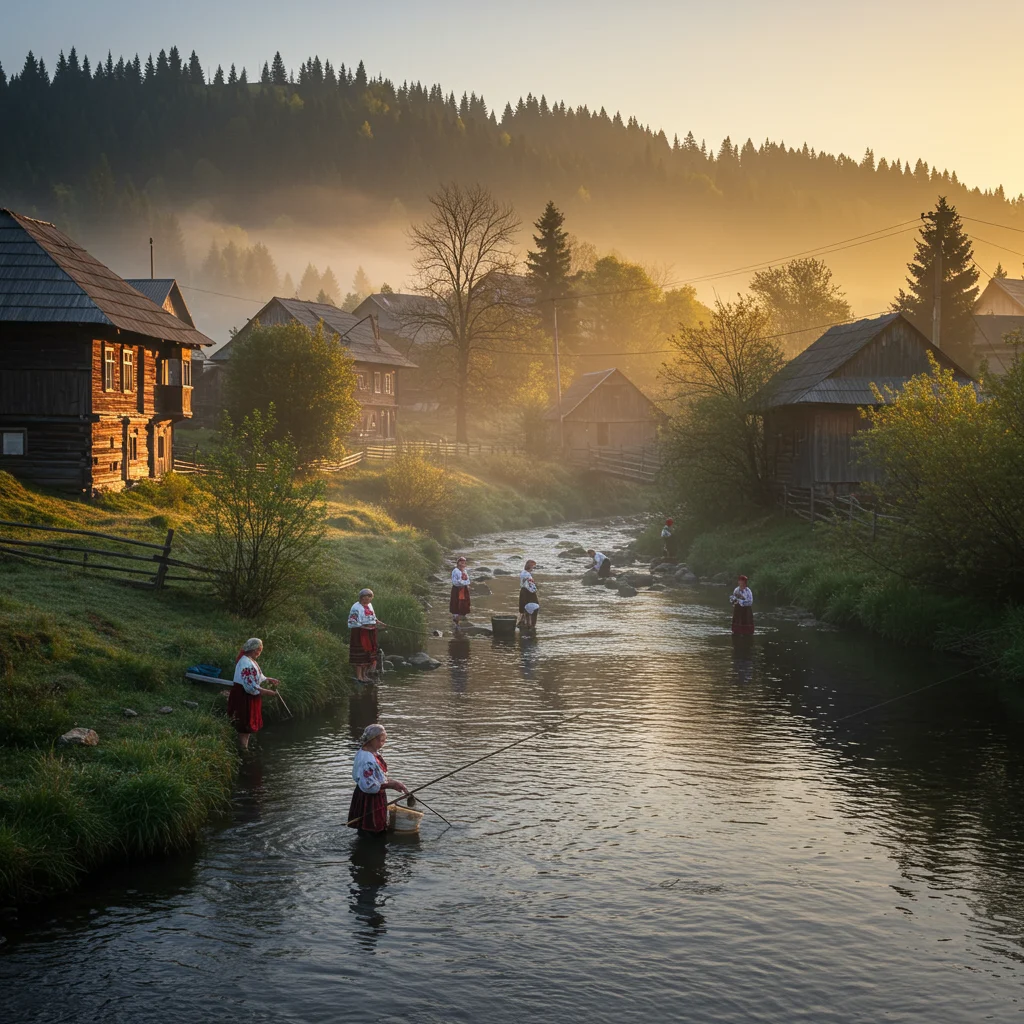
Kamianets-Podilskyi: Fortress on the Rocks
Kamianets-Podilskyi features a spectacular medieval fortress perched atop rocky cliffs, overlooking a winding river. The sound of church bells echoes across the old town, creating a cinematic setting.
Lviv: Coffee Culture and Hidden Courtyards
Lviv is famed for its elegant architecture, atmospheric cafes, and labyrinthine courtyards. The scent of freshly ground coffee and the hum of conversation fill the air in this city of artists and thinkers.
Carpathian Mountains: Untouched Wilderness
The Carpathian Mountains offer unspoiled forests, wildflower meadows, and traditional villages where ancient customs endure. Crisp mountain air and sweeping vistas await those willing to venture into the highlands.
Hidden Gems in Moldova
Moldova rewards travelers with hidden monasteries, ancient ruins, and some of the world’s most extraordinary wine cellars.
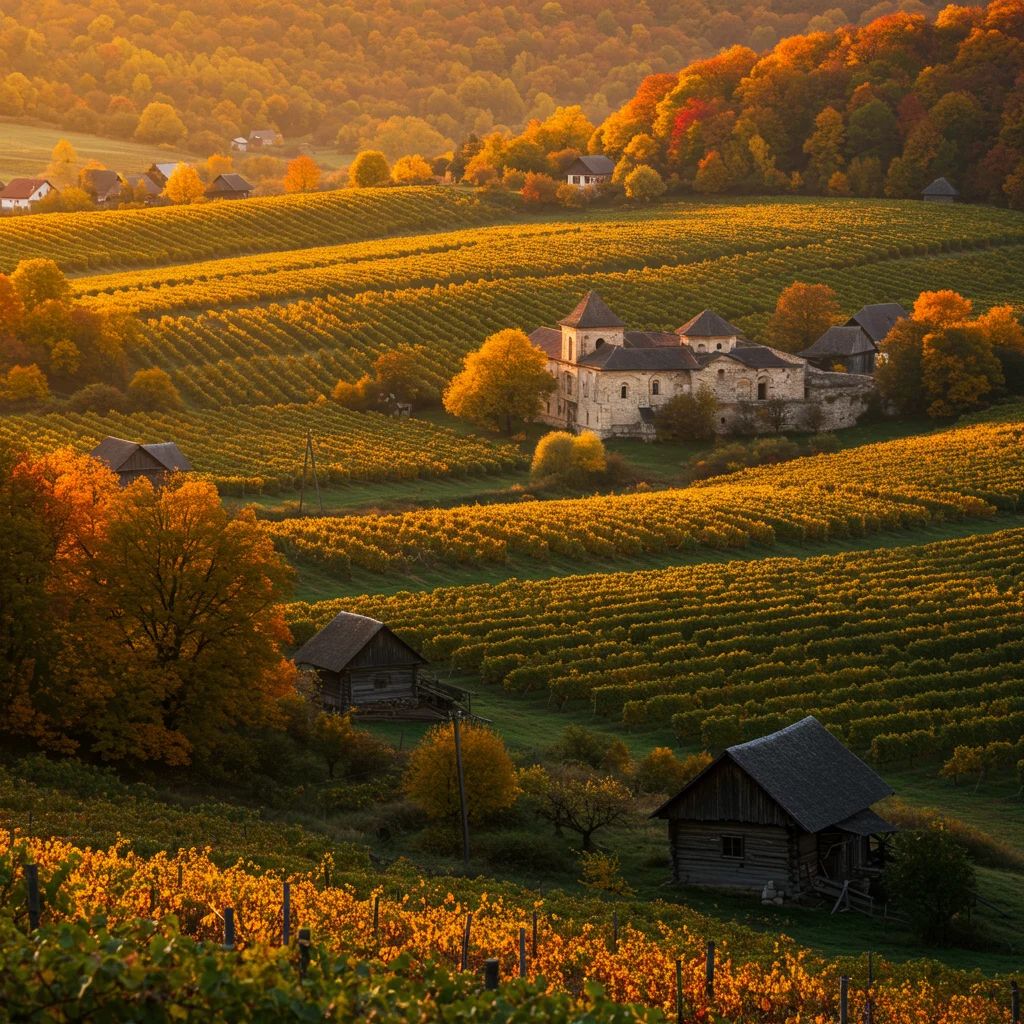
Orheiul Vechi: Cave Monasteries and Ancient Ruins
Orheiul Vechi is a complex of cave monasteries and archaeological sites set in a dramatic river valley. The echoes of chanting monks and the distant toll of bells enhance the sense of sacredness.
Tipova Monastery: Riverside Retreat
Carved into limestone cliffs above the Dniester River, Tipova Monastery offers solitude, panoramic views, and a sense of spiritual peace.
Cricova: Underground Wine Wonderland
The Cricova wine cellars extend for over 120 kilometers beneath Moldova’s fields. Guided tours lead visitors through cool, candle-lit tunnels lined with bottles, offering tastings of exquisite local vintages.
Unique Experiences in Eastern Europe’s Hidden Gems
Visiting these destinations not only reveals beautiful places but also opens doors to unique and memorable experiences that linger long after the journey ends.
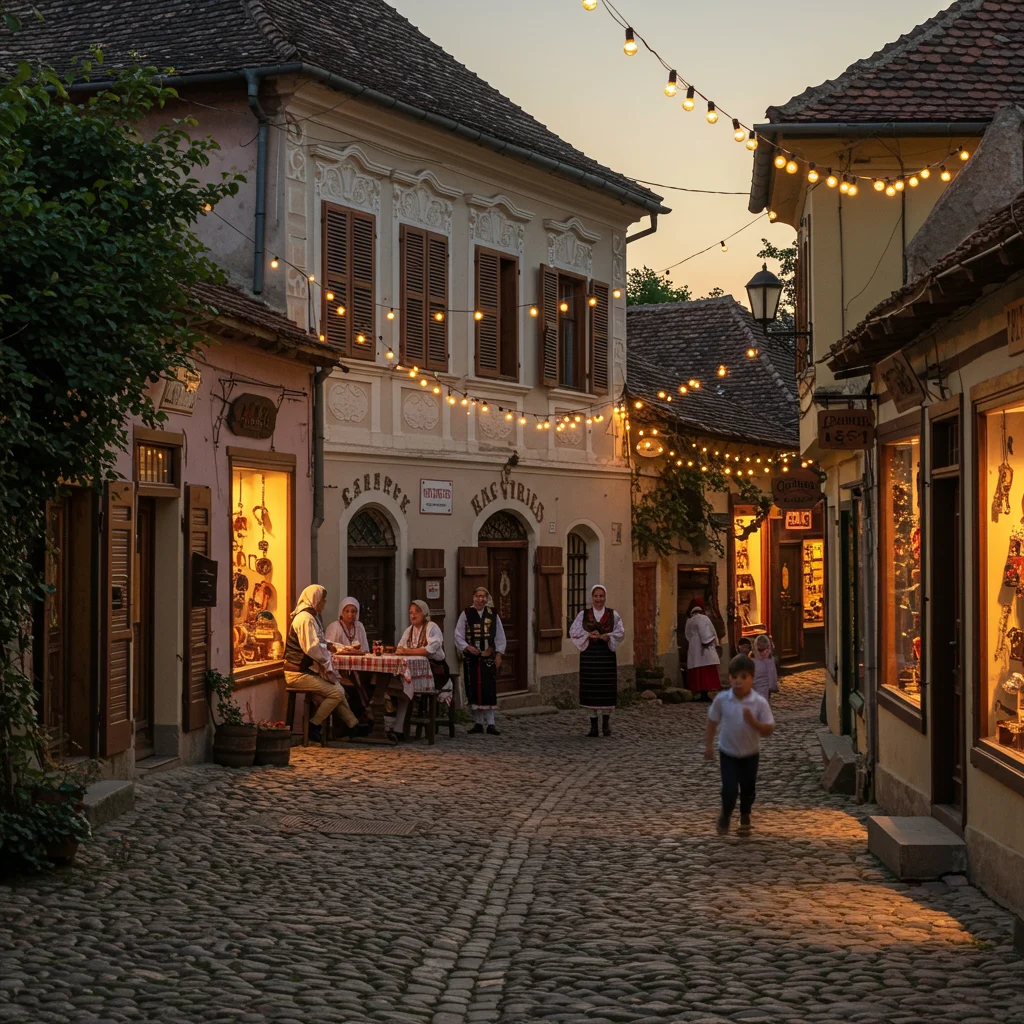
Local Food and Culinary Discoveries
Sampling local cuisine is one of the joys of travel in Eastern Europe’s hidden gems. From rustic stews simmered over open fires to delicate pastries filled with wild berries, each region offers distinctive flavors.
What Traditional Dishes Should You Try?
Some must-try dishes include Polish pierogi, Hungarian goulash, Slovak halušky, Romanian sarmale, and Bulgarian banitsa. The aroma of freshly baked bread, the tang of homemade cheese, and the warmth of hearty soups are sensory highlights.
Best Local Markets and Food Tours
Local markets burst with color and energy, offering seasonal produce, handmade cheeses, and regional specialties. Joining a guided food tour, such as those featured in our overview of Zagreb’s food and old town walking tours, can introduce you to hidden culinary treasures and local traditions.
Cultural Festivals and Events Off the Tourist Trail
Many hidden gems host vibrant festivals celebrating music, dance, folklore, and harvest traditions. These events provide a window into local life, where visitors are welcomed as guests and participants rather than spectators.
As experts often say:
“Traveling to places unknown allows us to witness the world through fresh eyes, appreciate the richness of local cultures, and find beauty where we least expect it.”
Nature and Outdoor Adventures
Eastern Europe’s landscapes invite exploration, from misty forests and glacial lakes to soaring peaks and winding rivers. The region’s biodiversity and unspoiled wilderness are a paradise for outdoor enthusiasts.
Hiking and Trekking Routes
Trails in the Carpathians, Tatras, and Balkans range from gentle walks to challenging treks. The crunch of leaves underfoot, the scent of pine, and the sight of distant peaks reward every step.
Wildlife Watching Opportunities
Białowieża Forest, Slovak Paradise, and the Danube Delta are home to rare species such as bison, lynx, and eagles. Guided wildlife tours offer the chance to observe these creatures in their natural habitats.
Historic Sites and Architectural Marvels
Hidden gems abound with castles, fortresses, and sacred sites that reveal the region’s layered history and artistic achievements.
Where to Find Unique Castles and Fortresses?
Sites like Kamianets-Podilskyi, Veliko Tarnovo, and Gjirokastër showcase dramatic fortifications set against breathtaking backdrops. The echo of footsteps on ancient stone and the scent of moss evoke centuries of stories.
Hidden Churches and Monasteries
Wooden churches in Maramureș, cave monasteries in Moldova, and painted chapels in Slovakia are often tucked away in tranquil settings, offering moments of quiet reflection.
Accommodation: Where to Stay in Hidden Gems?
Finding the right place to stay is essential for a comfortable and immersive experience. Many hidden gems offer accommodations that reflect the character and traditions of their regions.
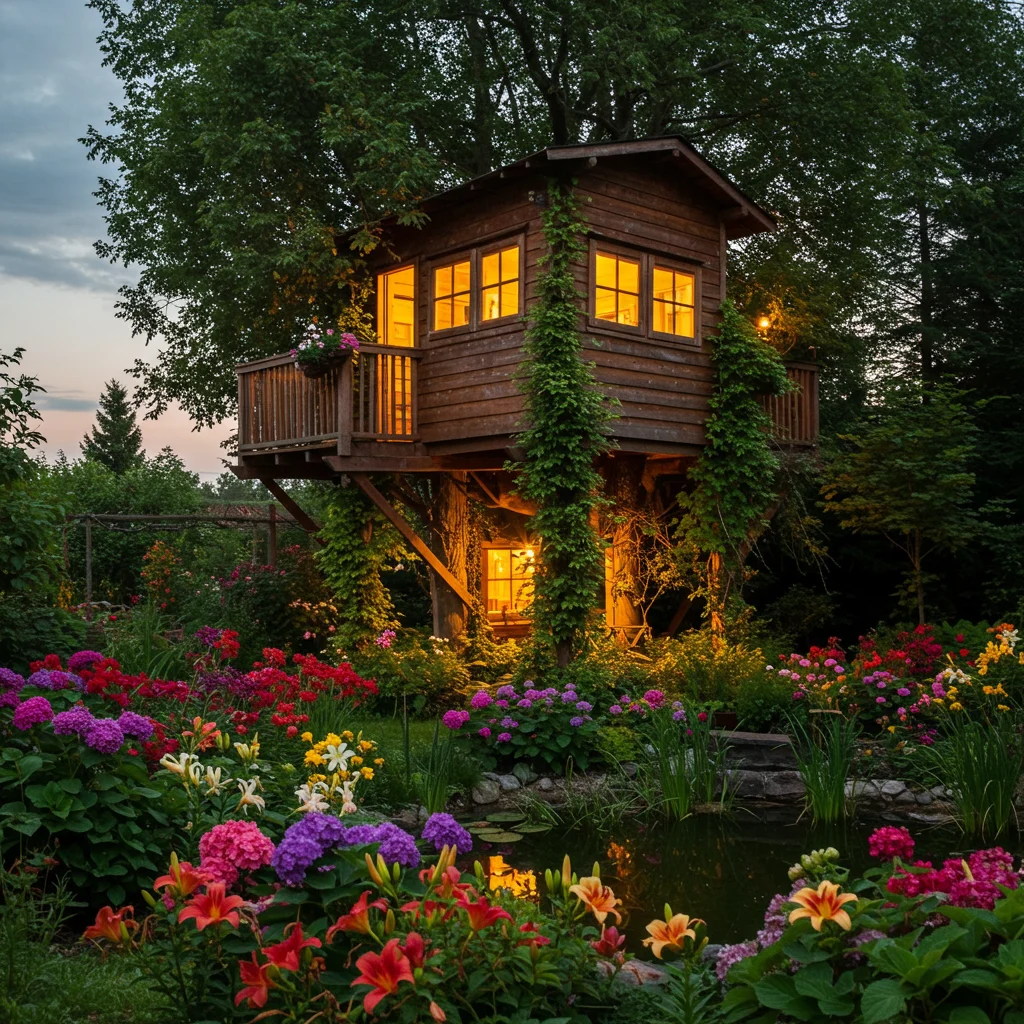
Boutique Hotels and Guesthouses
Charming boutique hotels and family-run guesthouses provide a warm welcome, home-cooked meals, and insider tips. The creak of wooden floors and scent of fresh linens add to the sense of coziness.
Eco-Friendly and Rural Stays
For those seeking a deeper connection with nature, rural farm stays and eco-lodges offer sustainable hospitality and the chance to participate in daily life, from baking bread to tending gardens.
Practical Travel Tips for Visiting Hidden Gems
A little preparation goes a long way when traveling to lesser-known destinations. Reliable information and local advice can help avoid common pitfalls.

Getting Around: Transportation Options
Public transportation networks are extensive in some countries, while others may require renting a car for maximum flexibility. In certain areas, guided excursions can simplify logistics, as described in our coverage of the Potsdam tour from Berlin.
Money Matters: Budgeting and Currency
Most countries in Eastern Europe use their own currency, so it is wise to carry some cash and familiarize yourself with exchange rates. ATMs are common in towns but may be scarce in rural areas.
- Keep small bills and coins for local markets and transport.
- Inform your bank about your travel plans.
- Monitor spending to make the most of your budget.
Responsible and Sustainable Travel
Traveling responsibly supports local communities and preserves the natural and cultural heritage of hidden gems for future generations.

How to Respect Local Cultures and Traditions?
Respecting local customs, dress codes, and etiquette fosters goodwill and enriches your experience. Ask before taking photos, participate respectfully in festivals, and learn about the region’s history.
Minimizing Your Environmental Impact
Reduce waste by carrying reusable water bottles and bags, use eco-friendly transportation when possible, and support businesses that prioritize sustainability. Leave natural sites as you found them, and tread lightly on fragile ecosystems.
Frequently Asked Questions About Exploring Eastern Europe’s Hidden Gems
Travelers often ask about safety, accessibility, and language barriers in lesser-known destinations. With thoughtful planning and an open mind, most challenges can be overcome.
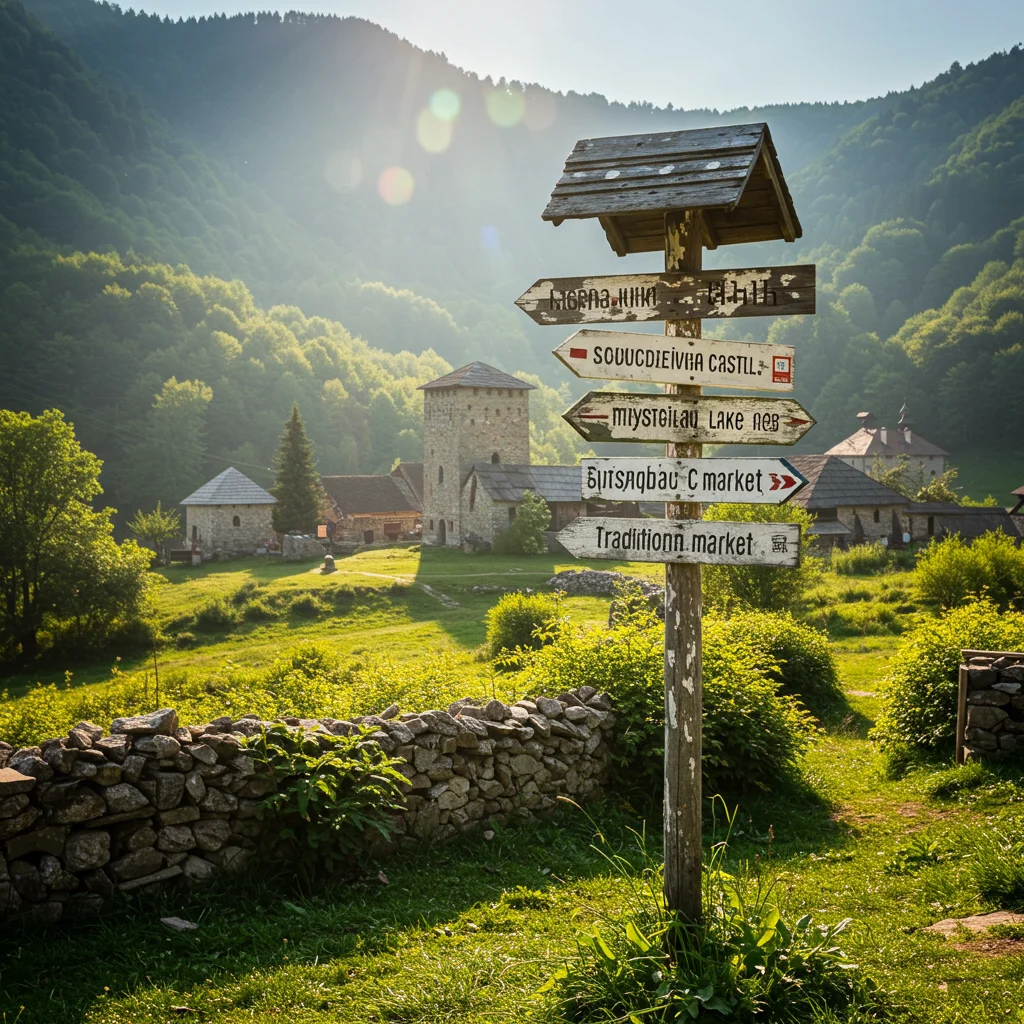
- Are hidden gems suitable for solo travelers? Yes, many are welcoming, but research local conditions.
- Is it easy to find vegetarian or vegan food? Options are increasing, especially in larger towns and cities.
- How can I find local guides? Tourist offices, accommodation hosts, and online platforms are valuable resources.
For those interested in combining city sightseeing with off-the-path exploration, consider guided walking tours that provide local context, such as the Potsdam half-day walking tour we previously reviewed.
Conclusion: Why Eastern Europe’s Hidden Gems Belong on Your Bucket List
Eastern Europe’s hidden gems offer a tapestry of experiences: ancient forests, storybook towns, vibrant festivals, and the warmth of local hospitality. These places invite us to slow down, savor the beauty of the unexpected, and create memories that linger long after we return home.
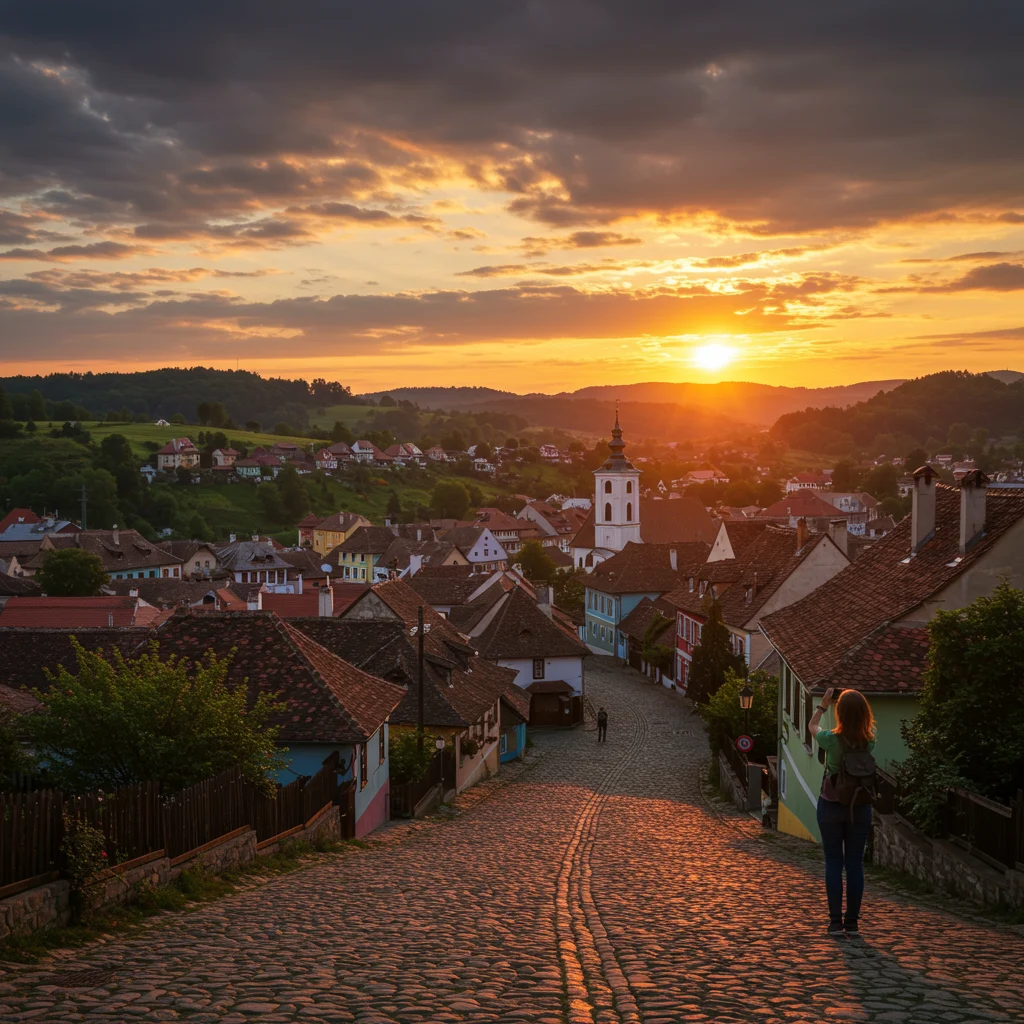
At Zeosh, we are passionate about inspiring journeys that reveal the heart of a destination. For more ideas, insights, and travel inspiration, visit Zeosh and let your adventure begin.















